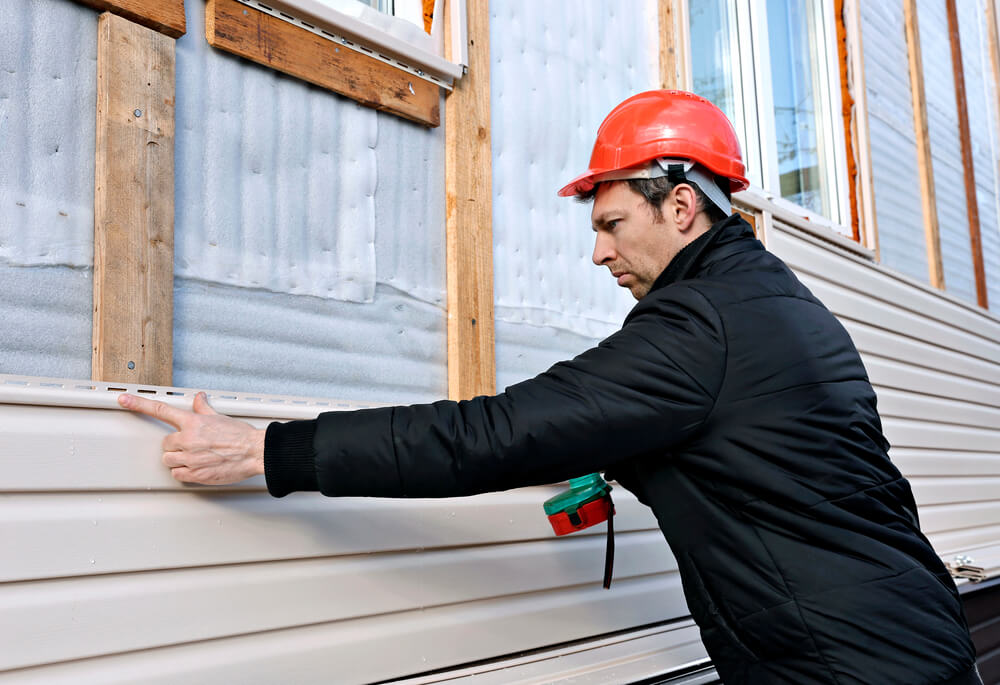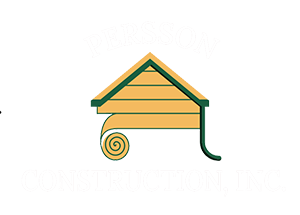
As a homeowner, maintaining your property’s exterior isn’t just about aesthetics; it’s crucial for protecting the structure and increasing its long-term value. One of the most important aspects of your home’s exterior is its siding.
Understanding when to replace house siding can save you from costly repairs, water damage, and energy inefficiencies in the long run.
Your Siding Is Showing Visible Damage
The clearest sign it’s time to consider new siding is visible wear and tear. If you notice cracks, chips, or holes in your siding panels, especially after a storm or years of wear, that’s a strong indicator that the materials are breaking down. Cracked or loose siding no longer performs its protective function, allowing moisture, pests, and air drafts to enter your home. What may start as a small crack can quickly lead to interior water damage, mold growth, and insulation problems.
Another red flag is warping or buckling, especially with vinyl siding. These deformations are often caused by exposure to extreme temperatures, improper installation, or aging. Once the panels lose their original shape, they stop sealing properly against the elements.
Fading and Discoloration Are Affecting Curb Appeal
If your siding has faded significantly or become discolored in uneven patches, it may be reaching the end of its life. While all siding will fade over time due to sun exposure, advanced fading is a sign that the material’s weatherproof coating has broken down. This leaves the underlying structure more vulnerable to moisture and decay.
More importantly, faded or stained siding can drastically reduce your home’s curb appeal. Even if there is no structural damage yet, your home may appear dated or neglected. Replacing your siding with a fresh, updated material revitalizes your home’s exterior and can even boost resale value.
You're Dealing With Frequent Repairs or Maintenance
Occasional siding repairs are expected, but if you find yourself constantly fixing panels, repainting, or patching up soft spots, replacement is often the more cost-effective option. Over time, patch jobs accumulate and can even mask underlying issues, such as rot or pest infestations.
Some siding materials, such as cedar, require regular maintenance to remain effective. If you're ready to reduce the time and money spent on upkeep, switching to a more durable, low-maintenance siding option, such as fiber cement or vinyl, might be the best long-term move.
You’re Noticing Higher Energy Bills
Have your heating and cooling costs been climbing despite no change in usage? It might be time to check your siding. Damaged or aging siding can compromise your home's insulation by allowing air to leak through. Even small cracks or gaps can significantly reduce your home’s energy efficiency, forcing your HVAC system to work harder year-round.
Siding plays a major role in your home's thermal envelope, which helps keep conditioned air inside and outdoor air out. When siding deteriorates, it disrupts this envelope. Upgrading your siding can improve insulation, regulate interior temperatures more effectively, and help lower energy costs over time.
Rot and Mold Are Creeping In
Wood-based siding, including cedar and some composite materials, can develop rot if exposed to moisture for prolonged periods. If you touch your siding and it feels soft, spongy, or crumbles under pressure, there’s a good chance rot has taken hold. Mold or mildew stains, especially if they recur after cleaning, are also serious concerns.
Rot and mold don’t just damage the siding itself. They can spread to your home’s framing, sheathing, or insulation if left untreated, leading to expensive repairs. In these cases, replacing the siding is necessary to halt further damage and restore the integrity of your home's exterior.
You’re Planning to Sell Your Home
Even if your current siding is functioning, upgrading it before selling your home can significantly increase its market appeal and value. Prospective buyers tend to notice the condition of the exterior right away. New siding indicates that the home has been well-maintained, providing buyers with peace of mind about its structural integrity.
Homes with new siding often sell faster and at a higher price compared to those with outdated or damaged exteriors. It also offers a high return on investment, especially when using attractive and energy-efficient materials.
The Siding Has Outlived Its Expected Lifespan
Every siding material has an estimated lifespan, and exceeding that timeframe means performance is likely declining. Vinyl siding typically lasts 20 to 40 years, while fiber cement, such as HardiPlank, can last around 30 to 50 years. Cedar siding has a shorter lifespan unless meticulously maintained, often requiring replacement after 15 to 25 years.
If your siding was installed decades ago and you’re unsure of its age, a professional inspection can help determine whether it’s nearing the end of its useful life. Replacing old siding before it fails can prevent damage and ensure your home stays protected.
Interior Signs Point to Exterior Problems
Sometimes, the first signs of siding failure appear inside your home. If you see peeling paint or wallpaper, unexplained mold growth on interior walls, or notice a musty odor, it could be due to moisture intrusion from compromised siding. Walls that feel unusually cold or drafty also suggest insulation problems related to your siding’s condition.
These symptoms often go unnoticed until significant damage has occurred, so acting quickly is crucial. Replacing the siding in these cases isn’t just cosmetic; it’s a necessary repair to prevent structural deterioration and protect your family’s health.
The Style No Longer Matches Your Vision
Beyond the functional reasons, the decision to replace siding is sometimes also driven by aesthetic considerations. You may be remodeling or modernizing your home and want an exterior that reflects your current taste. Perhaps you're tired of dated colors or textures, or you want to transition from wood to the low-maintenance fiber cement.
New siding can dramatically transform the look of your home and allow you to express your personal style. With a variety of materials, colors, and finishes available, you can choose an option that complements your home’s architecture and enhances its overall appearance.
Trust Us to Guide Your Siding Upgrade
At Persson Construction Inc., we recognize the importance of siding to your home's comfort, efficiency, and aesthetic appeal. Whether you’re dealing with visible damage, rising energy costs, or just ready for a new look, we’re here to help you make the best decision for your home.
With our professional and friendly approach, combined with a commitment to quality, you can count on us to handle your siding replacement with care and expertise. Schedule an appointment with us today to discuss how we can help refresh your home’s exterior.
